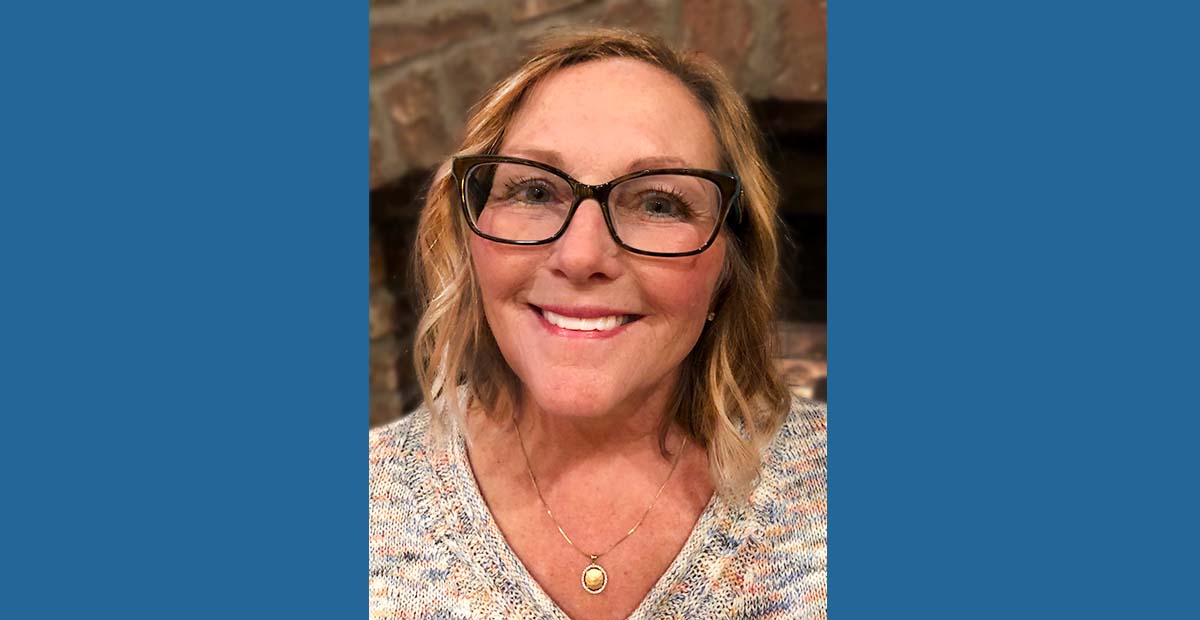
Let's call it what it was.
Jenny Wesner dealt with a pain in the butt for more than a decade.
She struggled with pain that made it difficult to sit for even short periods of time.
“Sitting on hard surfaces just killed me. I had to carry around pads, big gel pads, like that you’d put in a wheelchair,” says Wesner, who is in her 60s. “I had five of them at one point where I’d keep them in the car and then I’d take them to events like baseball games where you have to sit on the bleachers or take them to restaurants because the chairs are too hard. This went on for years.”
Twelve years, Wesner says. The pads offered little relief. Doctors didn’t offer much relief, either.
“I’ve gone to Madison. I had PRP (platelet-rich plasma). I had multiple injections and no one really could figure out what the heck it was,” says Wesner, a registered nurse who lives in Winneconne. “They didn’t do imaging. … They always thought it was my hamstring, all the time it’s my hamstring, my hamstring. You gotta stretch your hamstring. My hamstrings are not tight. They’re very loose and I exercise a lot.”
Wesner wanted her pain resolved. It increasingly interfered with her active lifestyle, making gardening, bike riding and playing with her grandson challenging. It also interfered with her work as a hospice nurse.
So she returned to Dr. Danqing Guo at BayCare Clinic Pain & Rehab Medicine in Green Bay. He’d successfully treated some of her other pain-related issues, including carpal tunnel syndrome and back, knee, wrist and thumb pain.
Wesner insisted on one courtesy, one that hadn’t been extended to her during visits with other providers.
“No one ever touched me,” she says, “to find out correctly where I was feeling that pain. I said I understand this is in a weird spot, it’s on my butt, but it’s not exactly where you think it might be, so I gotta show you.”
That’s what she did with Guo. With her direction, Guo isolated the problematic area.
“I had to find that spot and I said, ‘Here it is,’ so then he again pushed on it, he pushed over it, he pushed near it and around it and he said, ‘Is that it? Is that it? Is that it?’ and then he would move his hands … until he found the exact spot.”
Ultrasound offered a diagnosis.
Wesner’s pain was traced to the rounded V-shaped bones at the bottom of the pelvis that connect with a surface whenever a person sits. Those are called sit bones, or ischial tuberosities. A number of ligaments and muscles, notably the hamstrings, are connected to these areas at what are called insertion sites.
“He found it and he told me that this is some pathology that I had going on in the insertion site at my hamstring and he was able to inject that,” Wesner says. “I had it on both sides, right and left.”
Guo administered pain-relieving injections about two weeks apart. For the first time in 12 years, a planned solution worked, Wesner says.
“My God, what an immense relief from my pain,” she says. “I had no pain, no pain whatsoever.”
Now Wesner gets pain-relieving injections every three months or so and is living an active lifestyle with no limitations.
“I can get on a bike now and I can ride 20 miles or more and I can comfortably ride, get off and be comfortable after that,” she says. “I don’t have any after pain.”
Wesner offers heartfelt praise for Guo, nurse practitioner Rachel Janowski and the staff at BayCare Clinic Pain & Rehab Medicine.
“I’ve got a 2-year-old grandson, too, and I couldn’t do the things that I can do if I were not taken care of by Dr. Guo,” she says. “I couldn’t get on the ground and play with him, crawl around, horse around, play blocks, play cards, dig in the dirt … I mean, it’s just a blast. Thanks to him I can do most of these things, still.”